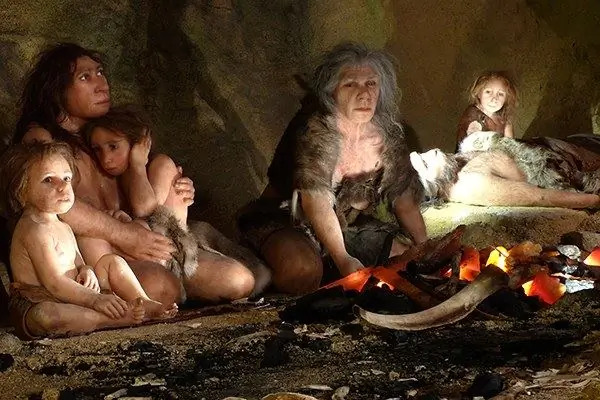- Author Antonio Harrison [email protected].
- Public 2023-12-16 07:44.
- Last modified 2025-01-22 21:44.
Environmental disasters - both local and global - are typical of our time. Observing the catastrophic destruction of nature by modern man, one would like to oppose it to the ancient man, who lived in harmony with nature.

It is not entirely correct to oppose man to nature, because he himself is a part of nature and its creation. And yet, in their relationship with the environment, people are unlike any living being. But even these relationships were not established once and for all - they developed throughout human history.
Primitive animism
Ancient man treated nature extremely carefully. “Give me bark, oh birch,” says the hero of “Song of Hiawatha”. This picture is not born of the poet's imagination: ancient people - not only North American Indians - believed that all animals, plants, and even stones and mountains have a soul and should be treated with the same respect as people. Scientists call this worldview animism (from the Latin word anima - "soul").
And yet, one should not imagine the relationship of ancient man with nature as completely idyllic: primitive animism kept from harming other creatures only to a certain extent. A person could ask for forgiveness from a tree, but nevertheless he chopped it down when building material was needed, did not hunt for entertainment, but killed animals for meat and skins. From this point of view, he was no different from other animals: wolves kill hares for food, beavers knock down trees, building dams.
Artificial environment
As an animal, a person looks surprisingly unviable: weak teeth, almost complete absence of wool, a long period of growing up. Such a creature could survive only by creating an artificial environment. The developed human brain made it possible to do this, but the artificial environment requires an order of magnitude more resources than life in the natural environment.
For example, a beaver needs its own teeth to knock down a tree, and a man needs an ax, the handle of which is also made of wood. One hare is enough for a wolf to satisfy his hunger, and a man, to make warm clothes, must kill more hares than he can eat.
The artificial environment not only required resources, it also gradually removed a person from the power of natural selection: the use of fire allowed those individuals who would die from the cold in natural conditions to survive, weapons protected from predators, etc. The number of humans grew faster than the number of other animals, which led to some disturbance in the ecological balance.
Not immediately, this violation became critical - it gradually grew along with the level of technology. A qualitative leap took place in the 20th century after the scientific and technological revolution, it was then that they started talking about the destruction of nature by man. There was even an idea of humanity as a "cancerous tumor" on the body of the Earth, which must be destroyed. This is definitely an exaggeration. Not everything that a person does is harmful to nature.
For example, the use of coal as fuel is considered one of the most harmful branches of human activity. But coal is carbon removed from the cycle of substances due to the imperfection of ancient ecosystems. By burning it, a person returns carbon to the atmosphere in the form of carbon dioxide, which is absorbed by plants.
Thus, the relationship between man and nature has always looked ambiguous - both in antiquity and in the modern world.






